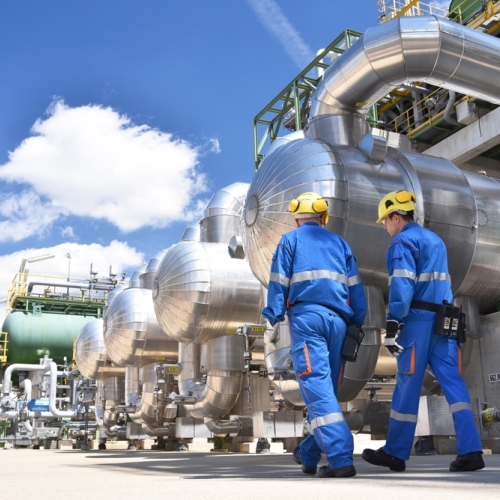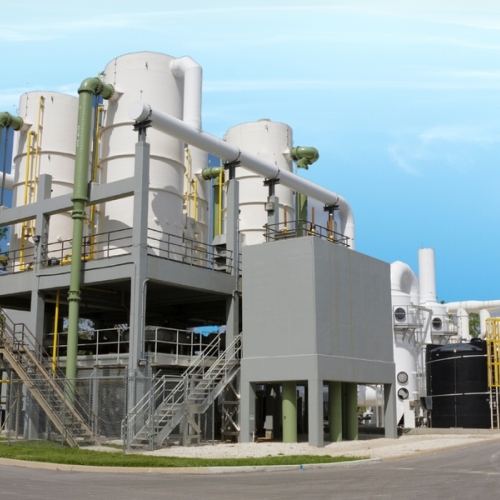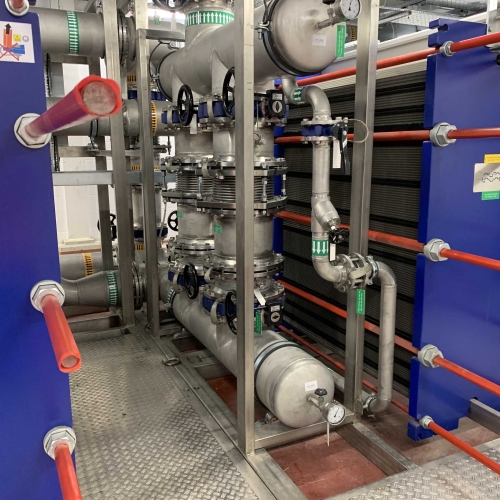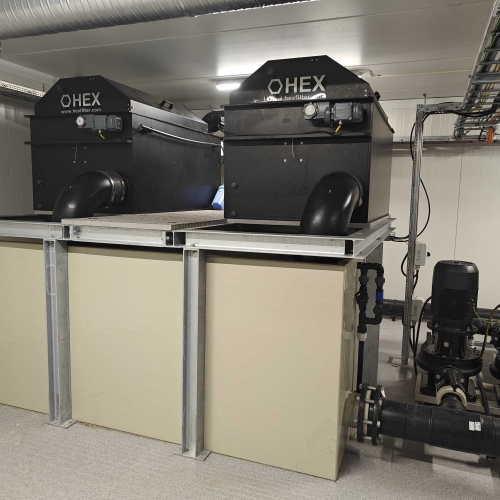The essence of piping- and mechanical design is ensuring sufficient flexibility within the envelope of all operation stages. Any changes related to thermal expansion, contraction, and movements of any kind shall be handled to avoid failure of the systems, leading to fatigue, leakages and distortion at connected equipment. These considerations are essential in maintaining the integrity and functionality of the piping- and mechanical systems.
Piping systems undergo significant dynamic and thermal expansion and contraction due to temperature variations. If the pipes are too rigid, the repeated thermal cycles can lead to fatigue, causing cracks and ultimately, failure. Therefore, incorporating flexibility into the piping layout is essential to absorb these movements and reduce stress concentrations. This can be achieved by using expansion loops, bends, or flexible joints which allow the pipe to move slightly without causing fatigue damage.
Leakage at joints is another critical issue that can arise from insufficient flexibility. When the system is too rigid, the thermal expansion can exert excessive stress on the joints, leading to potential leakage. By designing the system with sufficient flexibility, the stress at the joints is minimized, ensuring a tight seal is maintained. This is particularly important in systems transporting hazardous or valuable fluids, where leaks can have severe safety and economic implications.
Connected equipment, such as pumps, compressors, and heat exchangers, are sensitive to external forces. A rigid piping system can transfer dynamic and thermal expansion forces directly to this equipment, causing misalignment, vibration, and operational issues. Flexibility in the piping system absorbs these forces, protecting the connected equipment from distortion and ensuring smooth operation.
Excessive bends and loops in a piping system, while increasing flexibility, can lead to high hydraulic losses. These losses result in increased energy consumption to maintain the desired flow rates, thereby elevating operating costs. Therefore, the design should incorporate enough flexibility to handle thermal movements without introducing excessive bends that would compromise the system's efficiency.
Our piping- and mechanical engineering services are based on these considerations.
Ref.: Introduction to Pipe Stress Analysis 2008 Sam Kannappan ABI Enterprises, written with AI.
More information, contact: MFJ@fjordby.dk





